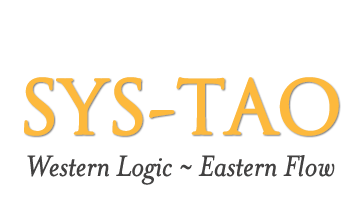
In his 1999 book, The Innovator’s Dilemma, Clayton Christensen coined the term “disruptive innovation.” In economic terms, he explains how “traditional” organizations so often use new technologies in ways that sustain their already established ways and how they are so often “disrupted” by smaller, more entrepreneurial organizations that use the same technologies differently. Christensen has sold numerous best-selling books based on this principle. In this video, he uses Digital Equipment’s demise in the 1970s to make his point. More recently, the demise of Kodak revalidates his theory.
Why is it, then, that the traditional principles of good management so often paralyze well-run companies? Sys-Tao answers this question. Traditional Command and Control Structures protect existing paradigms, reinforce deep-rooted organizational habits, and inhibit the acceptance of disruptive new ideas.
As the pace of change accelerates, it becomes increasingly necessary for established organizations to break this cycle. On the other hand, the existence of these phenomena creates a competitive advantage for more entrepreneurial organizations that thrive more naturally in a Process Control Environment.

